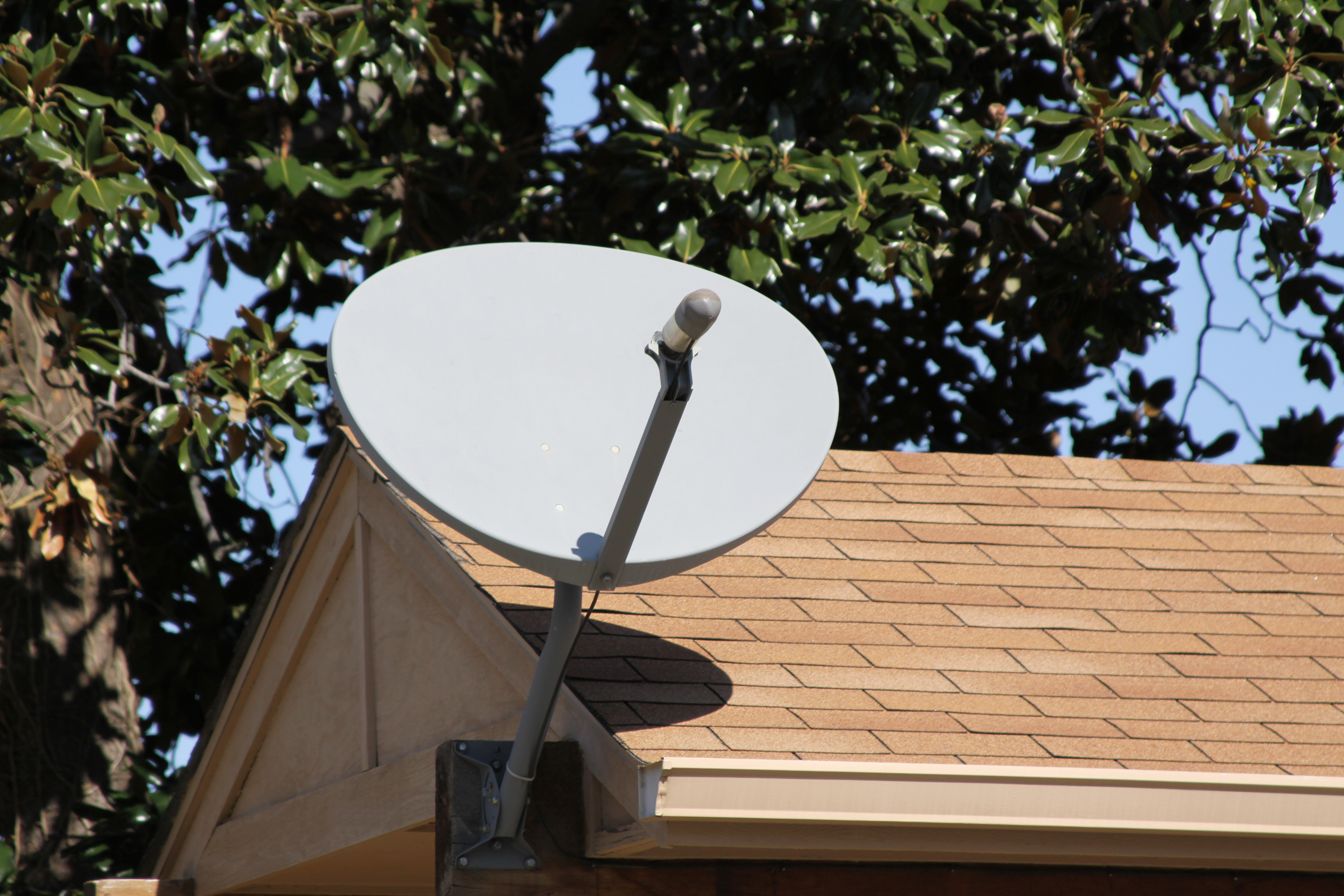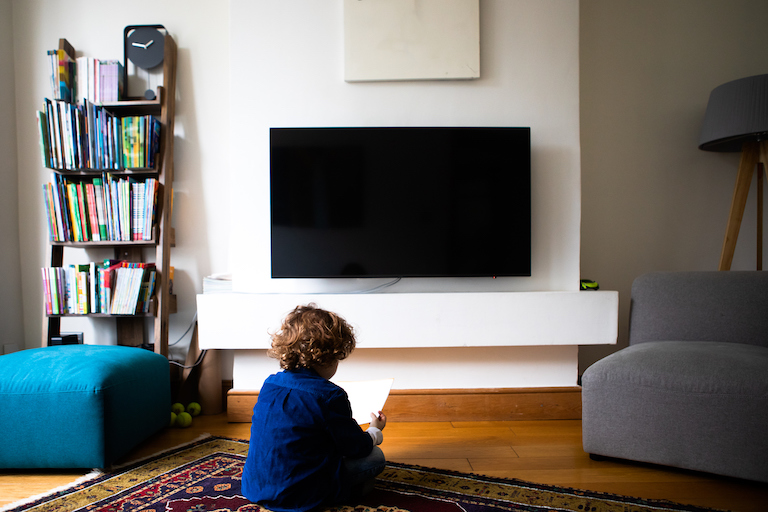
Find out the average antenna repair cost, key price factors, and ways to save. Get expert tips to budget for your antenna repair project.
These tips let you say goodbye to unsightly TV wires for good


Keep TV cords hidden by using cord covers, adhesive hooks, and decorative containers.
Consider tucking your cords into the wall behind your TV for an invisible look.
The baseboard method of hiding TV cords works well if your device is across the room from an outlet.
Cords help us do everything from charging our devices to watching our favorite movies and television shows, but they can also be quite the eyesore. If you put time and effort into your design aesthetic, the last thing you want is a pile of unruly TV cords cramping your style.
Fortunately, you can use some simple techniques to hide these cords out of sight, from tucking them behind your baseboards to using painted cord covers.
One of the simplest ways to make your cords more discreet is to purchase and install some basic cord covers. You can apply these handy covers directly over your TV cords, keeping them in one straight line that you can affix to your wall or floor. The covers come in many different lengths and widths, so it's easy to find the right option, whether you have one cord to hide or a whole cord bouquet. You can also paint these covers to match your wall, making them even more discreet.
Adhesive hooks are a simple way to hide cords on the back of your furniture. Simply purchase a few small adhesive hooks in a subtle color, like clear, white, or black, then adhere them to the back of a table or a TV stand near the television in question. Once they're adhered, run the cords through the hooks, and voila! No more eyesores.
If you want invisible TV cords, you can hide them inside the wall behind the TV. To do so, you'll need to drill two holes in the wall that are big enough to slip the cords through—one hole near the device the cord is attached to and one near the outlet where you will plug it in.
This method typically only works well if the outlet is right below the television. Otherwise, support beams might block the cord's path to the outlet. If you're not comfortable drilling into your wall or you're not sure whether there are support beams in the way, you can hire a handyperson service to help you out.

TV console and dresser drawers can come in handy for hiding cords for things like cable boxes and wireless routers. Pick a drawer near an outlet, then use a drill with a hole saw bit to create a hole in the back of the drawer that’s big enough to fit the cords through. Put your cable box or other devices in the drawer, and then run the cords through the hole to the outlet. This method also works well if you want to create a charging station for your phones and tablets in the drawer.
If you don't want to drill a hole in the back of a drawer, you can get a similar effect by using a decorative box or container. Simply set the container on a table near an outlet, put your devices in it, then run their cords to the outlet.
Many retailers sell unique containers made for this purpose, which feature cutouts for the plugs to run through. But you can use virtually any container you like and cut a hole in it, which lets you shut the container while powering your devices.
Some baseboards come with hollow insides that make it easy to slip cords behind them and discreetly run them along the wall toward an outlet. If you don't have this kind of baseboard, you can still use this method by buying hollow quarter rounds from the hardware store and installing them along the baseboard. Then, run your cords through them to an outlet.
The baseboard method is beneficial if your device is across the room from an outlet since most baseboards line the entire room, allowing you to run a cord from one side to the other.
From average costs to expert advice, get all the answers you need to get your job done.

Find out the average antenna repair cost, key price factors, and ways to save. Get expert tips to budget for your antenna repair project.

Find out how much TV antenna installation costs. Learn about cost factors including labor, materials, and ways to save on your TV antenna project.

Wondering how much does it cost to mount a TV? Get price ranges, key cost factors, and expert tips to help you budget for your TV mounting project.